Table of Contents
Introduction: The Sweet Smell of Curiosity
Lavender is one of those plants that seems to exist solely to make life more beautiful. With its delicate purple blooms and soothing scent, it's no wonder people use it in everything from candles to bath bombs. But here's a question that might make you pause: Is lavender edible? It turns out, yes—but with some important caveats.
In this guide, we'll explore whether lavender is safe to eat, how to use it in cooking, and what to look for when choosing the best quality. Whether you're a seasoned chef or just curious about herbs, this article has something for you. Let's dive into the world of lavender—where fragrance meets flavor.
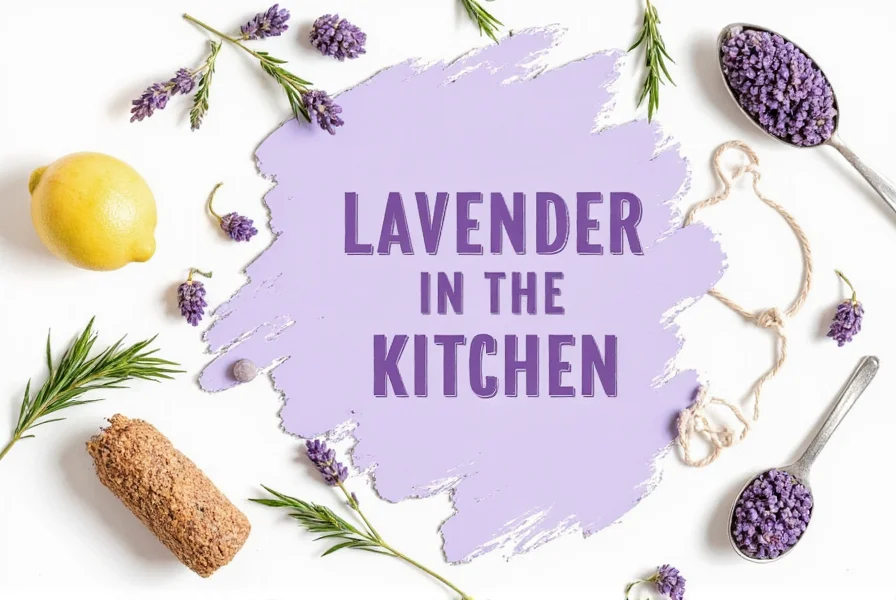
Is Lavender Edible?
Yes, lavender is edible—but not all varieties are created equal. When it comes to culinary use, only certain types of lavender are safe and delicious. The most commonly used variety for cooking is Lavandula angustifolia, also known as English lavender. This is the same type that's often found in dried flower arrangements, but it's much more than just a decorative plant.
But before you start sprinkling it on your toast, there are a few things to keep in mind:
- Only use culinary-grade lavender: Some lavender plants are treated with pesticides or other chemicals that can be harmful if ingested.
- Use it sparingly: Lavender has a strong, floral flavor that can overpower dishes if used in excess.
- Check for safety: Always consult a healthcare professional before using lavender if you're pregnant, nursing, or on medication.
So, while lavender is indeed edible, it's important to approach it with care and knowledge. Now that we've covered the basics, let's address some common questions people have about using lavender in food.
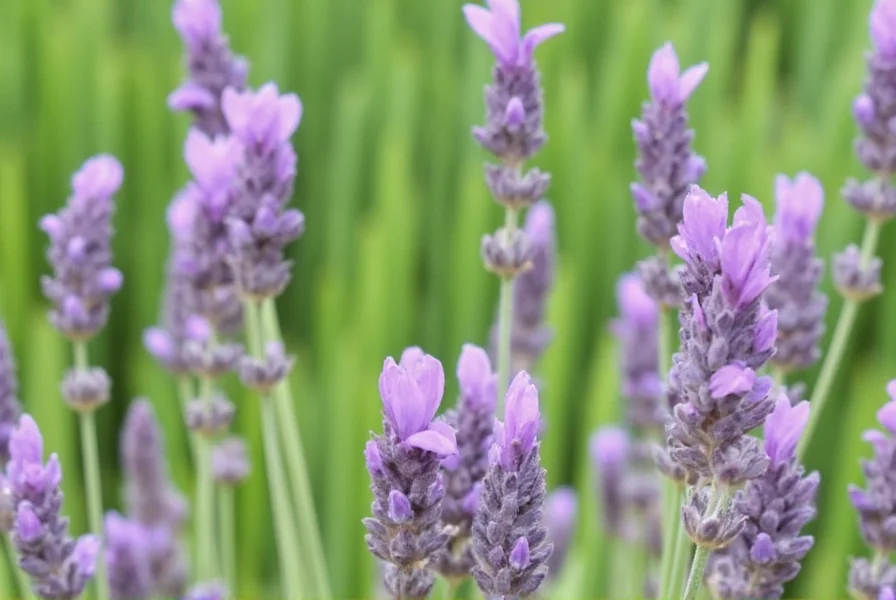
Frequently Asked Questions About Edible Lavender
Is all lavender edible?
No, not all lavender varieties are suitable for consumption. Only culinary-grade lavender, particularly Lavandula angustifolia (English lavender), is recommended for eating. Other varieties may have been treated with pesticides or may not have the right flavor profile for culinary use.
How much lavender should I use in cooking?
Lavender has a strong flavor, so it's best used sparingly. For most recipes, start with 1/4 to 1/2 teaspoon of dried culinary lavender per serving. Remember that a little goes a long way - you can always add more, but you can't take it out once added.
Can eating lavender make you sick?
When used in culinary amounts, lavender is generally safe for most people. However, consuming large quantities may cause nausea or headache in some individuals. Those with allergies to plants in the Lamiaceae family (mint family) should avoid lavender. Always consult your healthcare provider if you have concerns.
What are the health benefits of edible lavender?
Lavender has been traditionally used for its calming properties. Some studies suggest it may help with mild anxiety and sleep issues when consumed as tea. It also contains antioxidants. However, more research is needed to confirm specific health benefits from culinary consumption.
Can I use dried lavender from crafts in cooking?
No, you should never use lavender intended for crafts or decorative purposes in cooking. Craft lavender may have been treated with chemicals not safe for consumption. Always use lavender specifically labeled as "culinary grade" or "for food use."
Is lavender safe during pregnancy or breastfeeding?
Pregnant or breastfeeding women should consult their healthcare provider before consuming lavender. While small culinary amounts in food are generally considered safe, therapeutic doses or essential oils should be avoided without medical guidance.
How to Use Lavender in Cooking
Once you have the right kind of lavender, the fun begins. Lavender can add a subtle, sweet, and slightly floral note to a wide range of dishes. Here are some popular ways to use it:
1. Infused Oils and Vinegars
One of the simplest and most versatile uses of lavender is in infused oils and vinegars. To make a lavender oil:
- Place dried lavender buds in a clean glass jar.
- Add a carrier oil (like olive or almond oil) until the flowers are fully submerged.
- Seal the jar and let it sit in a cool, dark place for at least two weeks.
- Strain the mixture and store in a sealed container.
This oil can then be used in salad dressings, marinades, or even as a base for homemade soaps.
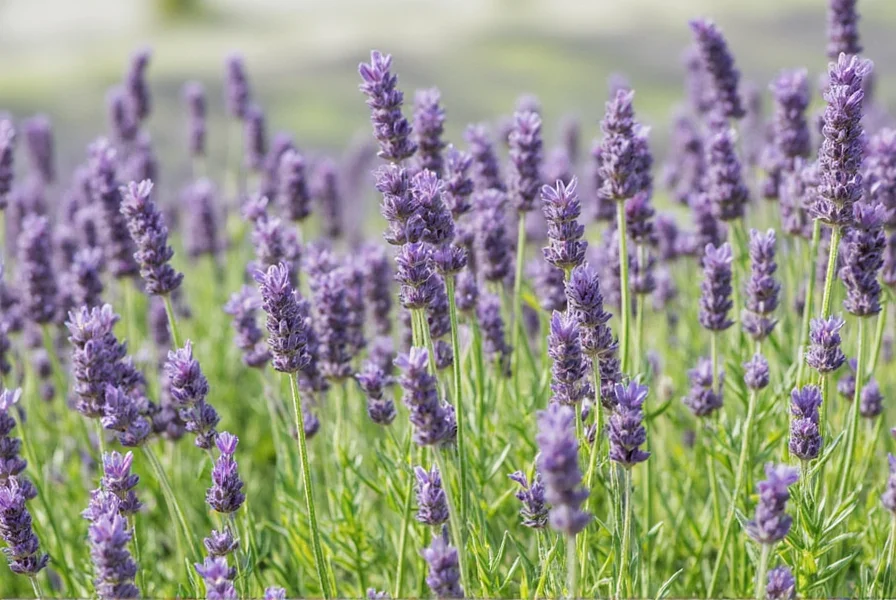
2. Baking
Lavender is a popular addition to baked goods like cookies, cakes, and scones. Try adding a teaspoon of dried lavender to your favorite sugar cookie recipe for a unique twist. It pairs especially well with lemon, honey, and vanilla.
3. Tea and Beverages
Infuse fresh or dried lavender in hot water to make a calming tea. It's great for relaxation and digestion. You can also add it to cocktails or mocktails for a touch of floral elegance.
4. Garnishes and Decorations
Edible lavender makes a stunning garnish for desserts, drinks, and even savory dishes. Just make sure to use the right type and avoid overusing it.
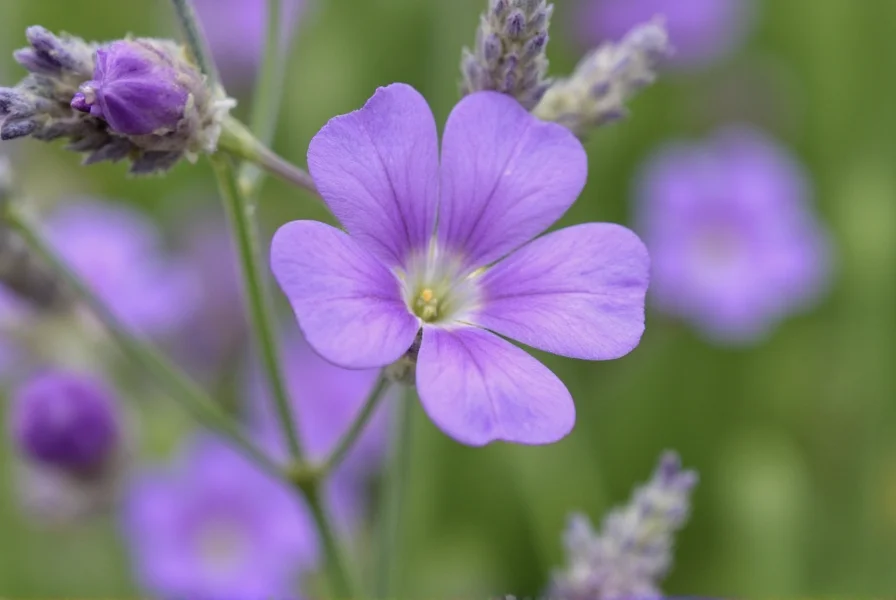
Lavender in the Kitchen: Tips and Tricks
Now that you know how to use lavender in your cooking, here are some practical tips to help you get the most out of it:
- Start small: If you're new to using lavender, begin with a small amount and adjust to taste.
- Pair it wisely: Lavender works best with light, sweet, or citrusy flavors. Avoid pairing it with heavy, spicy, or strongly flavored ingredients.
- Use dried buds: Fresh lavender can be too strong and may not hold up well in recipes. Dried buds are ideal for baking and infusions.
- Store properly: Keep dried lavender in an airtight container away from heat and moisture to preserve its flavor and potency.
With these tips, you'll be able to experiment with lavender in your kitchen without fear of overdoing it. But before you jump in, let's take a closer look at how to choose the best lavender for your needs.
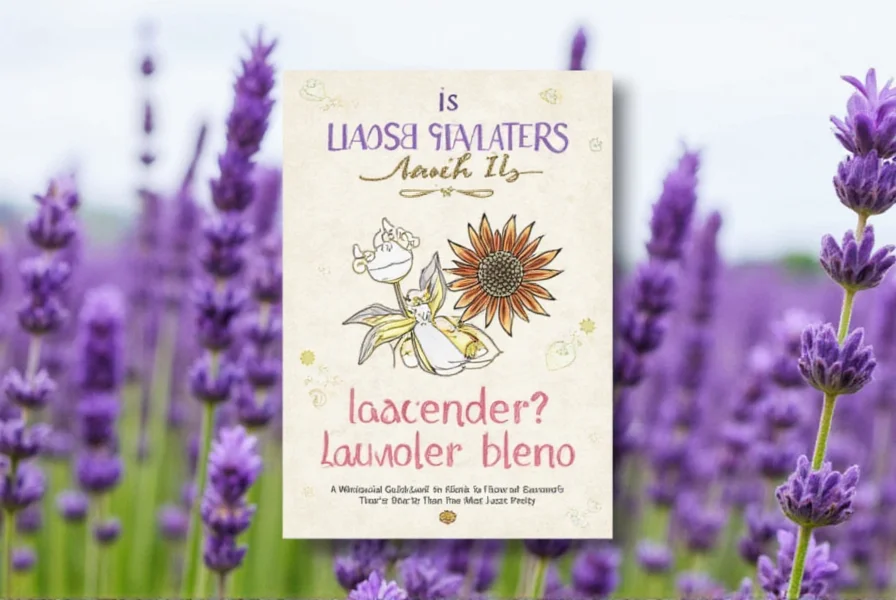
Buying Guide: Choosing the Right Lavender
| Product Type | Features | Best For | Price Range |
|---|---|---|---|
| Culinary Lavender | Organically grown, pesticide-free, specifically labeled for food use | Baking, infusions, and flavoring | $$ |
| Dried Lavender Buds | Lightweight, easy to store, long shelf life | Teas, baked goods, and potpourri | $$ |
| Lavender Essential Oil | Highly concentrated, not for direct consumption | Aromatherapy, skincare, and non-food applications | $$$ |
| Lavender Extract | Flavorful, easy to measure, ready to use | Baking, beverages, and desserts | $$$ |
When shopping for lavender, always check the label to ensure it's safe for consumption. Look for products that mention "culinary grade" or "for food use." If you're unsure, ask a knowledgeable staff member at a specialty grocery store or herbal shop.
For those who love experimenting, growing your own lavender can be a rewarding experience. Just make sure to use organic practices and harvest the flowers at the right time for the best flavor.
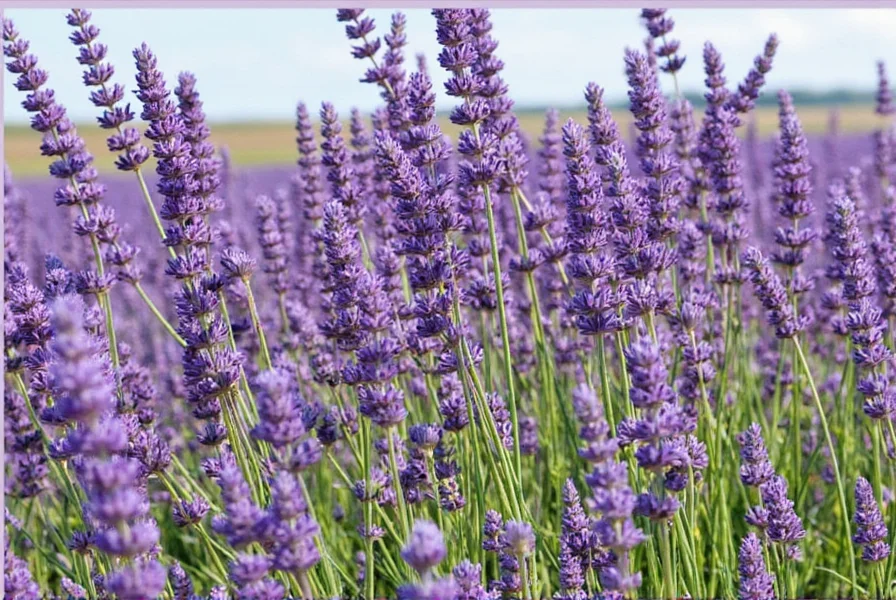
Conclusion: Embrace the Fragrance of Flavor
So, to answer the question once and for all: Yes, lavender is edible, but only if you choose the right variety and use it correctly. With its unique flavor and calming properties, lavender can be a delightful addition to your kitchen—if you play it smart.
Whether you're making a lavender-infused honey drizzle, baking a batch of lavender shortbread, or simply enjoying a cup of lavender tea, this fragrant herb has the power to elevate your cooking and bring a touch of nature into your daily routine.
Remember to always use culinary-grade lavender, start with small amounts, and enjoy the process of discovery. After all, the best part of cooking is the joy of trying something new—and maybe even learning a little bit about the plant that smells so good it could make you forget your own name.

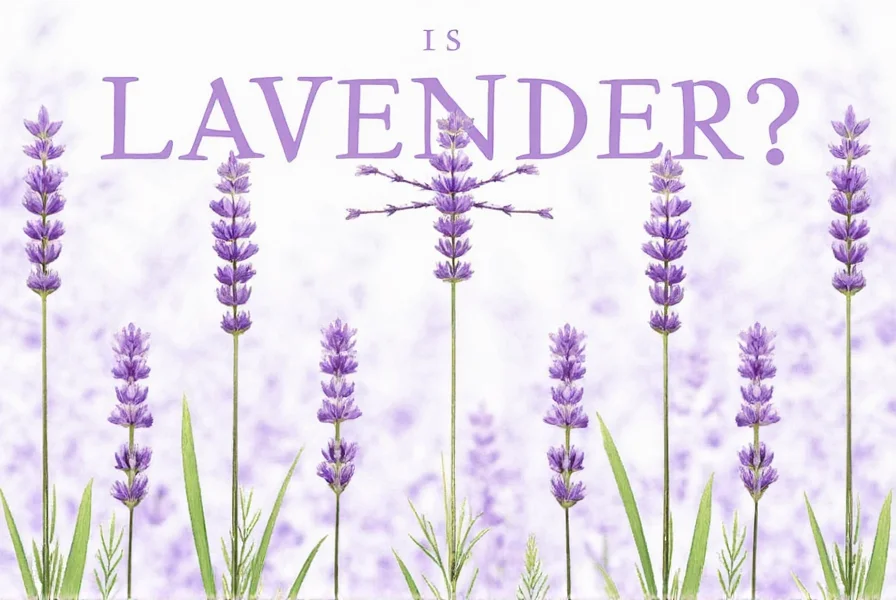









 浙公网安备
33010002000092号
浙公网安备
33010002000092号 浙B2-20120091-4
浙B2-20120091-4